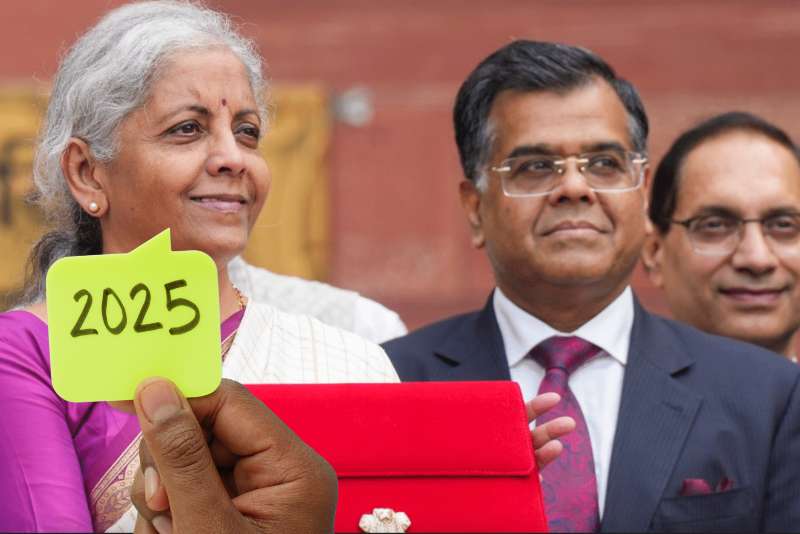
Tax Relief for Middle-Class Earners
The Union Budget 2025 has introduced a significant tax relief for salaried individuals earning up to ₹12 lakh per year. Under the new tax regime, individuals will now pay zero tax on an income of ₹12 lakh, thanks to the combination of standard deductions and rebates. However, the tax slabs remain unchanged, meaning those earning slightly above this threshold could face higher tax liabilities.
While this move has been welcomed by many, it raises concerns about long-term economic implications. With 87% of tax filers falling within this income bracket, the government is estimated to lose ₹1 lakh crore in revenue. The expectation is that this will encourage spending, boosting demand and economic activity. However, skeptics argue that reducing savings incentives could have unintended consequences.
Political Undercurrents in Budget Allocations
With elections approaching in Bihar and Delhi, the budget has allocated significant resources to Bihar. Finance Minister Nirmala Sitharaman announced infrastructure projects, including the expansion of Patna Airport and the development of the West Kosi Canal. Additionally, a dedicated Makhana Board will be established to boost exports of the region’s agricultural produce.
Opposition leaders have criticized the budget, with Rahul Gandhi calling it a “band-aid budget” that fails to address core economic issues. Others have labeled it “bold” and “brilliant.” The timing and allocation of resources suggest a strategic attempt to secure voter support ahead of crucial state elections.
Economic Concerns and Market Response
Despite middle-class tax relief, the broader economy remains under pressure. The government has set a lower-than-expected capital expenditure target for FY26 while increasing borrowing. This has led to a decline in banking and railway stocks. The Sensex, which had gained 1,700 points in the three days leading up to the budget, remained flat on budget day, indicating market skepticism.
Key economic indicators paint a concerning picture. GDP growth is projected at a four-year low of 6.4% due to weak industrial growth. Real wages for salaried and self-employed individuals have stagnated at 2017-18 levels. Meanwhile, corporate profits have soared, highlighting the widening gap between businesses and wage earners.
Policy Shifts and Economic Strategy
To attract foreign investment, the government has increased the foreign direct investment (FDI) cap in the insurance sector to 100%. This move aims to bring global insurers into India’s market, but it remains to be seen whether it will have a meaningful impact on economic growth.
Other notable policy changes include an increase in the TDS limit on rental income from ₹2.4 lakh to ₹6 lakh and a rise in the TCS threshold on foreign remittances from ₹7 lakh to ₹10 lakh. The government has also doubled the tax deduction limit on interest income for senior citizens.
On the industrial front, tariffs have been removed on 37 essential medicines, including treatments for cancer and rare diseases. Import duties on raw materials for lithium-ion batteries, cobalt products, and shipbuilding components have been reduced to support domestic manufacturing.
Vision for Growth or Short-Term Fix?
The budget also allocates ₹10,000 crore for a deep tech fund to support startups, signaling an intent to foster innovation. However, critics argue that India’s long-term vision remains unclear. While the government continues to emphasize toy manufacturing as an industrial priority, many question whether this focus aligns with global advancements in artificial intelligence, defense, and high-tech sectors.
Furthermore, the government’s own economic survey acknowledges that India needs sustained 8% growth for a decade to achieve developed nation status. With growth struggling to exceed 6% and the rupee hitting a record low of ₹86.65, questions remain about the government’s broader economic strategy.
The Road Ahead
While the budget provides immediate relief to middle-class taxpayers, it also raises concerns about income inequality, declining savings rates, and the lack of a clear long-term economic plan. As India heads into election season, the interplay between economic policy and political strategy will be closely watched.
Gangtokian Web Team, 04/02/2025
















































